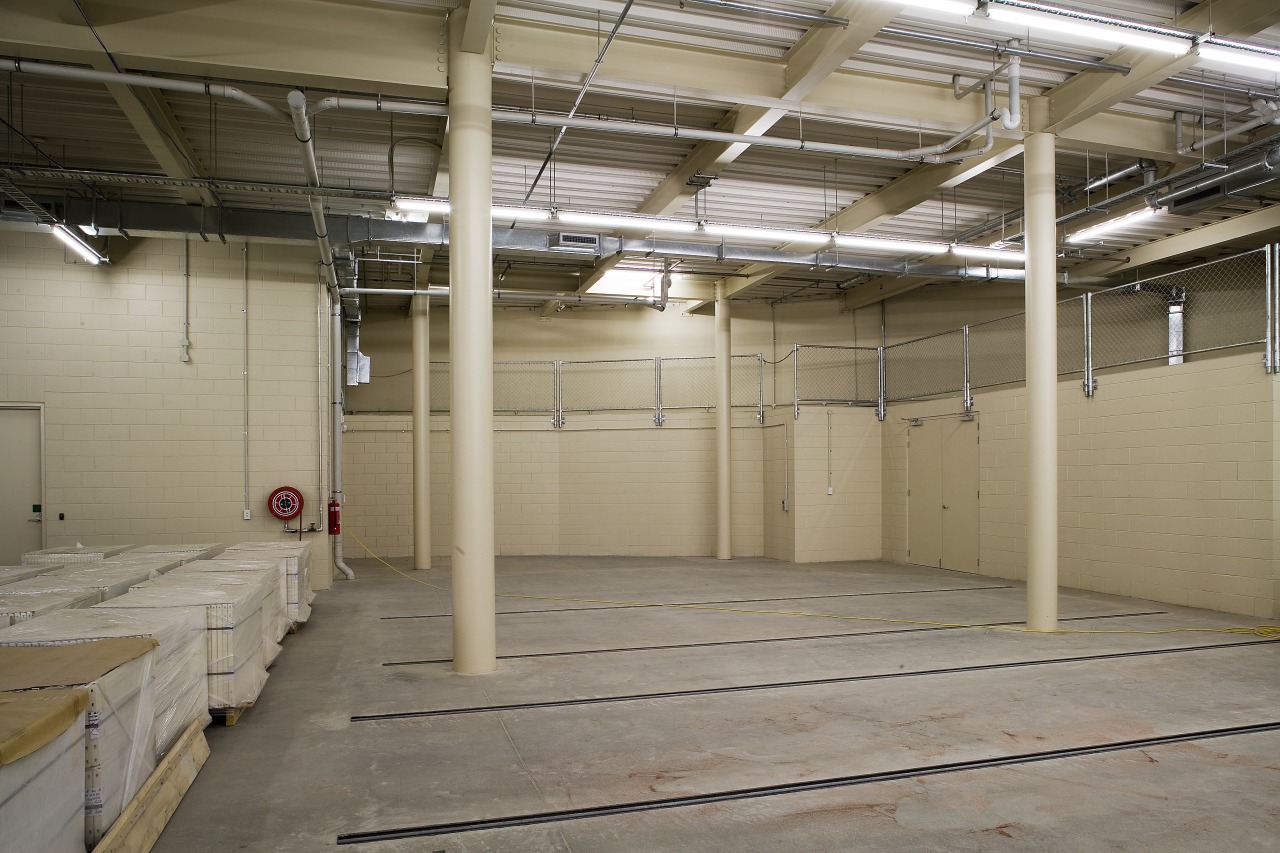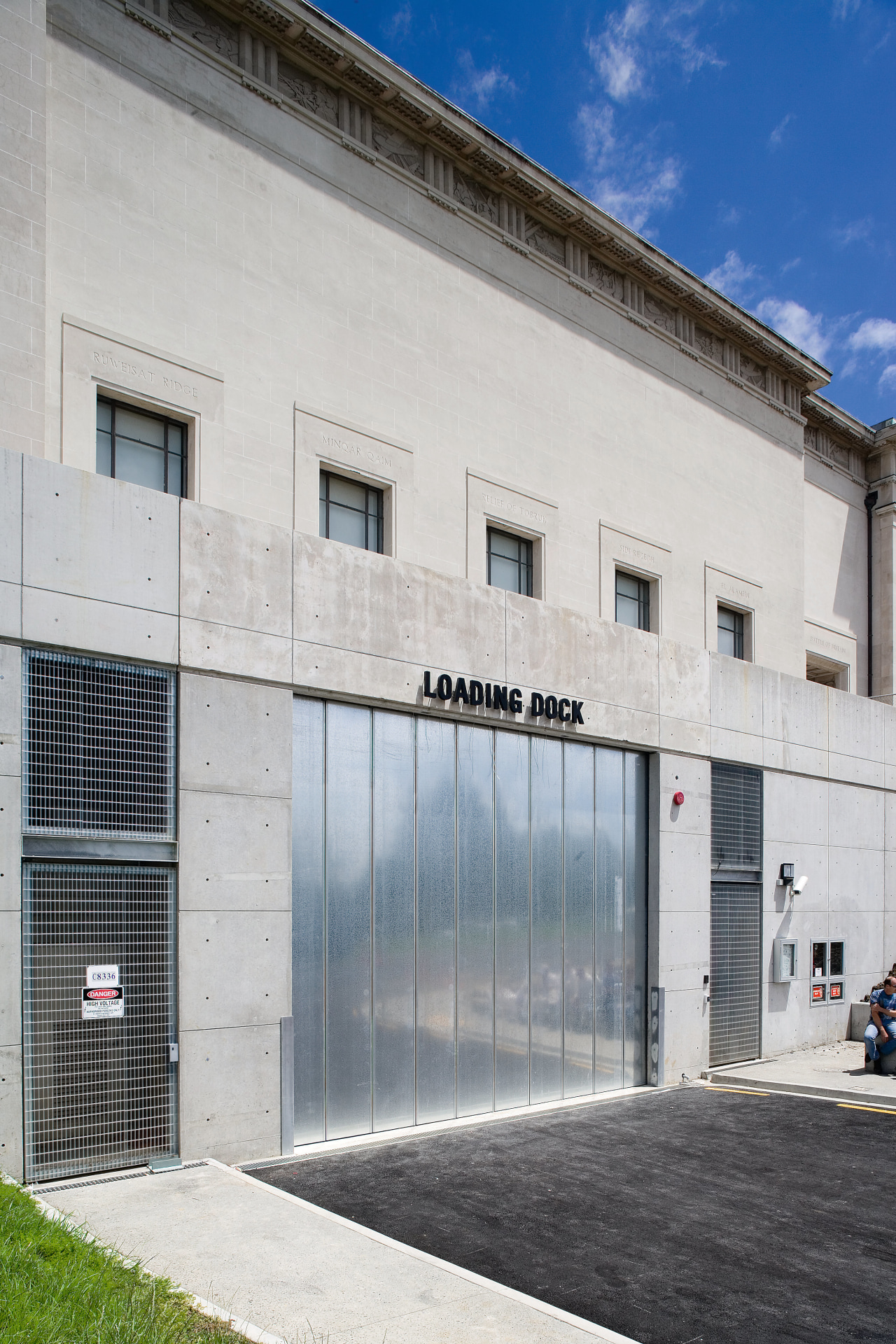Crowning glory
Building is a collaborative process. Hawkins Construction worked closely with Noel Lane and Peddle Thorp to devise techniques to construct the Grand Atrium
SO, YOU need to burrow a tunnel under the facade of Auckland's most revered building, dig a 9.5m-deep hole, and then undertake one of New Zealand's most distinctive building feats.
An unenviable task? Perhaps, but Hawkins Construction has a track record of successfully undertaking complex projects such as the museum's Grand Atrium. Think Kelly Tarlton's Underwater World, or the Ruakuri Caves project in Waitomo, and you get an idea of the company's subterranean abilities.
During its 60-year history, Hawkins has become a building specialist, also undertaking refurbishment projects. The Hawkins project team has a background of projects including Auckland's Civic Theatre, the Auckland Town Hall and Britomart.
In order for Hawkins to actually build the Grand Atrium project, plenty of collaborative design work with Noel Lane and Peddle Thorp Architects was required.
"The dome was particularly tricky," says project superintendent Mike Farrelly. "Because of its shape, there were no common details in any of the components that could be replicated."
The finished structure is completely isolated from the existing museum, with the towers rising from 9.5m below ground attached to a cruciform structure that supports the suspended bowl below and the copper and glass roof above.
To excavate the southern courtyard, a 30-tonne piling rig and a 20-tonne digger were lifted into the site with a large crane. However, to remove soil and volcanic tuff, an access tunnel under the eastern facade was needed. Due to the hardness of the tuff, excavation required the use of a single-claw rock ripper.
The success of the project required the development of site-specific building solutions. For example, instead of using standard support beams to underpin the existing structure, which, due to the shape would have required months of laborious hand excavation work, an inventive method of retaining was devised using flat post tensioned concrete beams utilising self-compacting concrete technology. Making things doubly difficult, however, was that all work was carried out while the museum was fully operational.
Cladding the suspended bowl with Fijian kauri timber was another challenge. The bowl was completely encased in scaffold to allow workers access. The methodology required to apply the timber was also complex, having to work through the scaffold, curving the boards in two directions and fixing in place.
For more details, contact Hawkins Construction, phone (09) 918 8100, fax (09) 918 8142. Website: www.hawkins.co.nz.
Story by: Trendsideas
Home kitchen bathroom commercial design




